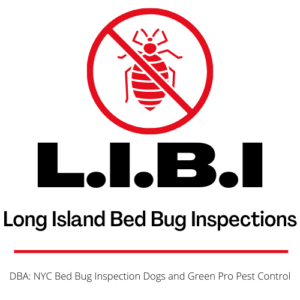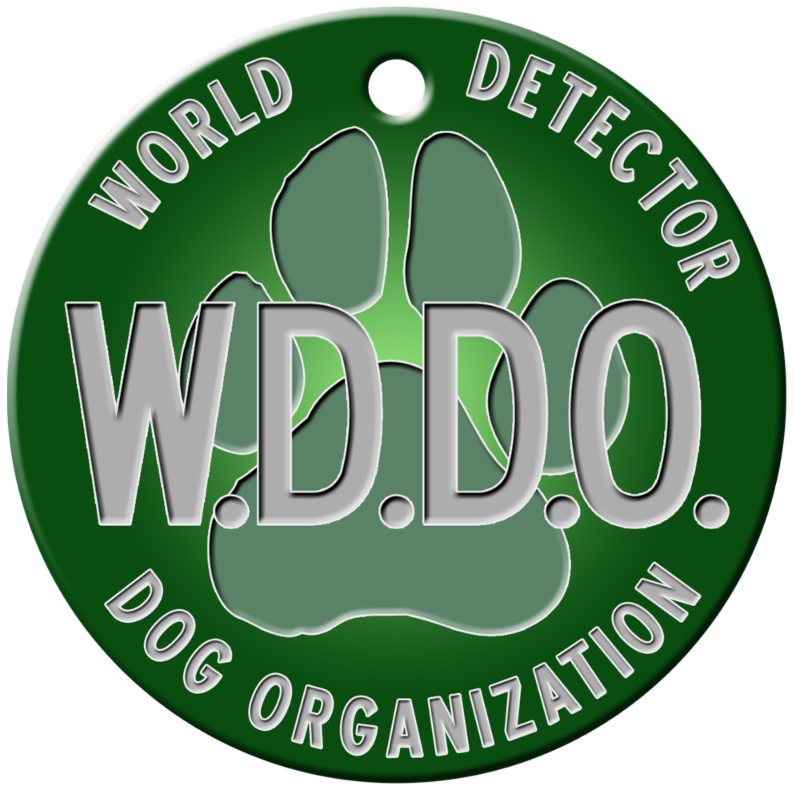No one wants to discover that their home is infested with bed bugs. Just the thought of these blood-sucking pests can make your skin crawl. But with bed bug infestations on the rise across the country it’s a good idea to know how to recognize the early warning signs of a bed bug invasion.
We’ve put together a list of 7 early signs of bed bug activity to help you spot a burgeoning bed bug infestation. Because the sooner you discover you’re sharing your home with bed bugs the sooner you can take action to eliminate the problem.
1 – Unusual Odors
Bed bugs produce pheromones whenever they feel threatened. These pheromones leave a tell-tale odor that will smell slightly sweet. The scent is often compared with coriander or cilantro. There is also a secondary scent that comes from large groups of bed bugs living together in a confined space. This additional scent is a mix of dead bed bugs, shed castings and bed bug excrement. The result is an unpleasant musty smell. Together, these scents are indicative of a growing bed bug problem.
In many cases these scents will be imperceptible to humans. However, they can not escape the highly trained nose of a bed bug detector canine. These dogs can easily identify these scents and track them back to their source. This is one of the reasons sniffer dogs are used to track and trace bed bug infestations.
2 – Blood Stains
Bed bugs typically feed by night, preferring to prey on their victims when they’re asleep. It’s safer for the bed bug and allows them to feed a leisurely pace. But safer doesn’t mean these pests always get away unscathed.
When a bed bug feeds it become engorged with blood. It’s not uncommon for a bloated bed bug to get squashed under their prey. While this doesn’t necessarily kill them it can lead to some of the blood they’ve fed on spattering on a mattress or sheet. These rust colored stains are tell-tale signs of bed bug activity and signal a growing problem in your home.
3 – Fecal Stains
Bed bug fecal marks, sometimes referred to as spotting, are generally smaller and darker than blood stains. They most often resemble an ink dot and on average are slightly larger than a period. Because they contain iron they give off a faint rusty smell.
Fecal marks are, essentially, bed bug droppings. They consist of digested human blood and usually appear dark brown in color. Fecal spotting typically shows up on sheets, mattresses, box springs and pajamas.
4 – Bed Bug Eggs
A pregnant bed bug can lay up to 7 eggs in a day. The eggs are oval, white and approximately 1 millimeter in length. Bed bug eggs may be small but they aren’t invisible. You can easily see them with the naked eye, especially if you know what to look for.
Female bed bugs tend to wander when they’re pregnant so their eggs may be found anywhere these pests have traveled. It’s one of the ways bed bugs spread throughout a closed environment. When depositing their eggs bed bugs rely on a glue-like material to stick the eggs to available surfaces. As a result you will often find clusters of bed bug eggs stuck to fabrics, baseboards, or around cracks and crevices.
5 – Shell Husks
Bed bugs go through a five-staged lifecycle as they mature. Throughout the process they will shed their exoskeleton several times. These discarded husks, or shell casings, are a reliable sign of a burgeoning bed bug infestation.
Shell casings are semi-transparent and retain the basic outline of the insect. These husks can sometimes be easier to find they the pests themselves. The shed skins will be found anywhere bed bugs live and breed. So you will most likely discover them along the seems of mattresses and upholstered chairs, as well as in cracks and crevices in furniture.
6 – Live Bed Bugs
Two sure signs of bed bug activity are discovering live bed bugs in your home and waking up with bed bug bites on your body. In most cases you won’t spot live bed bugs unless, and until, a home infestation becomes severe. Bed bugs tend to find a suitable hiding place and stick to it, only coming out to feed.
However, if you know what to look for spotting a live bed bug isn’t difficult. You just need patience and a general idea of what to they look like. Adult bed bugs are typically about 4 to 5 millimeters long, although after feeding they can swell to as much as 7 millimeters. They have oval shaped bodies which, like other bugs, are divided into three segments. As to color they are generally reddish-brown though the color can deepen if they’ve fed recently.
Bed bugs prefer to remain close to their human hosts. The most common hiding places include mattresses, bed frames, bedsheets, nightstands, bed frames and rugs.
7 – Bed Bug Bites
Finally, the surest sign of a bed bug infestation is waking up to find yourself covered in bites. Bed bug bites typically present as small, red welts. It has long been believed that bed bug bites appear in zig zag patterns. While this is true it is not an absolute. Bed bug bites can appear in clusters or in isolation.
The most common places to be bitten include the arms, hands and legs. That’s because these are the most likely areas to be exposed when people are sleeping and so make easy targets for hungry bed bugs. If you are seeing bite marks chances are you’re dealing with a proper bed bug infestation.
Published by Scott Palatnik
If you believe you’ve brought bed bugs into your home or office, give us a call, we can help!
Now with 2 locations. On Long Island @ 516-619-6149, or in NYC @ 212-299-9186
We are Long Island Bedbug Inspections.
Your Bedbug Inspection, and Elimination solution.


